Sealed Vs. Unsealed Hardwood Floors – Better Material 2024
Sealed vs. unsealed hardwood floors; If you are in love with hardwood floors, the term sealed and unsealed will frequently appear when choosing how you should finish the materials.
Stay with me! I will give further explanation of selecting the best material for your floor. Stay tuned!

Let’s Look At Sealed Hardwood Floors
Sealed hardwood floors are a version of finished hardwood floors that are coated with surface-sealants or penetrating sealants. There are many types of sealants like water-based, oil-based, or solvent-based, each of them serves a different purpose, but the key is to protect the floor.
The water-based sealants can penetrate the wood, while oil-based sealants can create a protective cover on the hardwood’s surface. Sealed hardwood floors are also coated with other finishers like wax or varnish.

Some Quick Ways To Test Your Floor Sealant
Here are some methods that you could test on your floor to see if the floor is covered with any finisher or not.
Initially, place a drop of water on the hardwood floor. Remember to choose an inconspicuous area on your floor to test. If the water doesn’t soak into the floor, instead, beads of water appear, your hardwood floor is sealed.
You can also use steel wool to rub on the hardwood floor’s surface and check for residue. After a few minutes of rubbing, if any wax grabs onto the steel wool, your hardwood floor has been wax-finished.
You can also use your fingernails to check the floor’s sealant. Gently rub your nail on the clean floor; if there is no smudge on the floor, it is covered with a sealant. If smudges do appear, your floor has been finished with an oil finish, penetrating seal, varnish, or lacquer, and then waxed.
Another way to check the floor sealant is using nail polish remover (acetone-based). Applying the acetone-based product on the floor, varnish, shellac, and wax finishes will form a space, while polyurethane finishes will remain the same.
The final option is to contact the floor’s manufacturer to check what type of finisher that they applied on your floor. Knowing the finisher will help you clean your floor better.
Identify the finisher on your wood floor following these quick steps.
Unsealed Hardwood Floors – What Are They?
Unsealed hardwood floors are raw flooring planks that haven’t been finished with any sealants, wax, or varnish. These flooring planks are the favorite choice of many house owners as they can finish the floor with any finishes that suit their interior design.
Sanding allows you to do inlays, borders, and other customized elements on the planks. These features are not always available in finished flooring from the manufacturer.
As you can choose any stain to finish the wood planks, the color and appearance of the wood after being sealed on-site will match your desire and other interior elements.
Unfinished hardwood floors are typically applied in old houses and apartments. The material gives a rustic and contemporary vibe to your home, so this is a perfect choice for those who love this interior style.
However, unsealed hardwood floors come with many disadvantages. The material will be vulnerable to damages and spoilage, especially when dealing with moisture. So, unsealed hardwood floors require high maintenance and complicated cleaning procedures.
As a result, most people choose to seal the floor on-site due to the additional benefit that this process provides to the material. Here are reasons for sealing unfinished floors on-site.
- Enhance durability and stability after sanding and finishing.
- The finisher will sustain the unsealed hardwood’s natural characteristics.
- Boost the uniformity of seal and finish as the unfinished planks will cover the space and cracks created by uneven flooring planks.
So, Which One Is Better?
Sealed and unsealed hardwood floors can have perfect performance when you apply them correctly. Look at the table below to have an overview of these two types of hardwood floors.
Sealed hardwood floors have a shinier surface compared with unsealed ones. The finisher or sealant will evoke the gorgeous look of and the color of hardwood floors.
Unsealed hardwood floors are darker and don’t have a smooth surface like the former one. If you want to give this type of floor a shiny look, you have to clean it with olive oil and vinegar mixture. Or, you can sand and finish the floor to achieve the glossy look you want.

As the finisher will protect the surface of the sealed floors, you can apply this material to almost any area in your room. Even the site with high moisture levels, like the kitchen and bathroom, can utilize the finished hardwood planks.
The unsealed material, on the other hand, doesn’t have any protective cover. As a result, you can only apply this material in a low-traffic room and avoid moisture.
Some sealants can contain color pigments, so the sealed products can have various choices of color. Unsealed floors only have the original color when you first bought them home.
Cleaning the unprotected wood is quite challenging and complicated. Not any commercial wood floor can work on this material, so be careful while maintaining the unsealed hardwood floors.
Use a soft-bristled broom or a canister vacuum to clean your hardwood floor regularly. Make sure you keep dirt and dust out of the floor. Don’t let the dust have any chance to build up.
As your floor is unprotected, cleaning it with water will make your floor crack and warp. So, lower the use of water in cleaning at all costs.
To keep the unfinished floor shine, you have to treat it with jojoba or linseed oil once every month. Just ensure the floor is free of dust and apply the oil with a clean cloth. Finally, just go over your floor again with a dry mop, and the floor will gloss.
An additional layer of wax will even boost your floor glossiness onto another level. Choose petroleum-based wax that doesn’t contain water to prevent scratches or warps on the floor. Cover the wax with a clean rag and finish with a dry mop after the wax is dry (at least 30 minutes).
Different Types Of Wood Finishes
Covering your hardwood floor’s surface with sealants or a finisher will prevent stains, scratches and add moisture resistance to the material (2). Here are some common sealants that you should take a look at.
Most people miss recognizing a layer of the stain as a protective sealant for finishers. Well, the stain layer only adds color, and it is not a sealer. There are two major types of hardwood finish: surface finishes and penetrating finishes.

Surface finishers will form a plastic-like layer covering the hardwood surface. This helps prevent moisture from soaking into the material. One of the most common finishes for wood flooring is polyurethane.
Polyurethane has two subcategories: aluminum oxide formulations for finishing on-site and aluminum oxide formulations for prefinished hardwood flooring. Shellac and lacquer are also used, but the durability can not be compared with polyurethane.
Polyurethane or polycrylic can resist water and stains with a long-lasting cover . This type of finisher is considered the most durable surface finish.
Apply polyurethane finisher to maintain your floor’s flawless look.
Penetrating finishes like linseed oil and hard-wax oil will penetrate the wood, protecting the natural textures and grain on the hardwood’s surface. As the surface is not protected by any cover, the material can be threatened by water and unwanted stains.
A layer of wax is usually applied to protect the penetrating finishes from moisture. You have to reapply the wax layer after a certain amount of time. Penetrating seal is not commonly used for interior flooring like the polyurethane type.
How to apply a sealant perfectly on your hardwood floor.
How Can I Clean Unsealed and Sealed Hardwood Floor?
After you know the difference between a sealed and unsealed hardwood floor, here is how you should clean it. Remember to follow the instructions precisely so as not to damage the floor.
Clean Unsealed Hardwood Floor
That said before, this type of flooring requires extra care and maintenance from you. As the material is unsealed, any excess water will ruin the whole planks.

Preparation
- A bucket
- A broom with soft bristles (a feather duster or a microfiber dust mop)
- A canister vacuum
- White vinegar (lemon or baking soda)
- Clean cloths
- A sprayer (Optional)
- Mineral spirits, cyclo-propane, or paraffin (Optional)
Instructions
Step 1: Sweeping the floor to pick up all the dirt, hair, and debris that are stuck in the material. Use a broom with soft bristles or microfiber dust mop as the bristles will not damage the wood surface. A feather duster is also an excellent option for doing this.
Note: You should sweep or vacuum the floor every day to prevent the buildup of dust.
Step 2: Vacuum the floor to suck up any remaining debris on the surface. Choose a vacuum brush that is designed to work on unsealed hardwood floors to avoid scratching the surface.
Quick tip: A canister vacuum is perfect as it has an attachment that is suitable for cleaning bare floors like a hardwood floor.
Note: You only need to vacuum once a week. This is not a daily task.
Step 3: Make a cleaning solution in a bucket. Here are three options that you can try to work on your hardwood floors.
- 1 gallon of water and 2 spoons of white vinegar
- ½ a lemon and 1 gallon of water
- 1 gallon of water and 1 spoon of baking soda
Note: Mineral spirits, cyclo-propane, or paraffin are also good for cleaning unsealed hardwood as they can remove scuff marks on the material.
Step 4: Damp the mop in the prepared mixture. Then, squeeze the mop to get rid of the excess solution. Don’t let a soaking wet mop on the unsealed hardwood floor, as the solution could cause permanent damage to the floor surface.
Note: Don’t use a string mop! This type of mop retains excess water in its fibers which can damage the floor.
Quick tip: You can use a spray to apply the solution to the floor surface. The sprayer will help you control the amount of cleaning solution better. Then, follow with a damp and clean cloth or mop.
Step 5: Clean the entire floor carefully. Don’t miss any spots on the floor.
Step 6: Wipe the floor with a clean and dry towel to remove any film of water.
Step 7: Let the hardwood floor dry completely.
Useful tips to take care of your unsealed hardwood floor precisely.
Clean Sealed Hardwood Floor
After being protected by a sealant or finisher, your hardwood floor is now much easier to clean. Let’s go!

Preparation
- White vinegar
- A bucket
- A soft bristle broom
Instructions
Step 1: Pick up all dirt particles with a soft bristle broom
Step 2: Mix 1 cup of white vinegar and 2 gallons of water into a bucket.
Step 3: Damp your mop with the prepared mixture and work on the floor. Always wring out the excess solution to prevent over-wetting the floor.
Note: Ensure that the mop or the cloth you use is free of dust and dirt because the dirty one will act like sandpaper and dull your floor.
Step 4: Let the floor dry. Your hardwood floor will shine again after this cleaning procedure.
Quick tip: Besides vinegar, plenty of wood cleaners can work well on the sealed floor. Avoid choosing any chemical containing wax, as it can build up residue over time and ruin the floor’s appearance.
Clean your hardwood floor in a super simple way.
Vital Tips To Take Care Hardwood Floors
Check these tips out to take care of your hardwood floor properly. Remember to note them, as these tips might come in handy to sustain the dazzling look for your floors.
Prevent Build Up Dirt And Grime
Sweep the floor every day with a soft broom to remove any dirt on the surface. Use a microfiber cloth to take care of some stubborn dust. You can use a vacuum without a beater bar rotating to clean the floor and avoid scratches appearing on the surface.
Use Mats Or Rugs
Place floor mats in high-traffic areas such as door entry and living rooms. The mat will reduce the damage and collect any dirt or tiny particles from shoes when your house has visitors.
The mat will also be helpful in snowy or rainy weather, absorbing water and muds from boots and shoes. Place a floor protector under heavy furniture and use carpets in the living room to avoid scratches from kids’ toys.

Purchase The Correct Cleaning Product
Only apply the cleaning products that the flooring manufacturer approves. You can consult with the floor installer to apply a suitable cleaning approach. Spot test any new cleaner on a hidden corner to make you use the correct product.
Unless the floor is finished with a wax finisher, don’t use wax or petroleum-based products on the hardwood floor. Dirt and debris will cling to the oil or wax finisher, which can cause scratches when you step on the floor.
Never use commercial cleaners that contain the following ingredients: ammonia, polish, oil (oil soap), or wax. These products will damage or leave sticky residues on the floor’s surface. Only apply commercial cleaners when dealing with stubborn stains or dust.
Don’t Let Any Water Stand On The Wood Surface
Clean any spills or water on the hardwood surface immediately. You can use a soft and dry cloth and wipe at the edges of the spill and move toward the center of the spill. This motion will make sure that the water can’t spread to other areas.
Do not over-wet the hardwood floor while cleaning – this causes the floor planks to expand, resulting in cupping.
To avoid over-wetting the area, try spot-cleaning with a hardwood flooring cleaner. Spot-cleaning allows you to control the amount of moisture on the material’s surface than the regular mopping.
Steam cleaning will harm your hardwood floor, especially the unsealed one. The extreme heat and moisture will ruin your floor.
Treating With Natural Oil
Natural oil like linseed or jojoba will help get rid of residue and keep your floor spotless. Apply the oil once a month to maintain the appearance of your floor. Wipe the surface with a dry and clean cloth to buff the excess oil and kick any dirt residue out.
Wax Unsealed Floor
A layer of wax will help the unsealed floor look shinier. Don’t wax if you want to add a sealant in the future. Removing the wax layer is difficult, so make sure you plan this carefully.
Amazing tips to maintain your hardwood floor.
Shine Your Unsealed Hardwood Floors
If you are in love with the appearance of unsealed hardwood floors, you can make the material’s surface shiny by treating the floor with oil or wax. Let’s discover how you can do it.

Warning: You can not seal or coat the floor after applying the following instructions. So make sure you plan ahead before doing the next steps.
Preparation
- Clean cloths
- For oil method: a natural oil (linseed or jojoba)
- For waxing method: petroleum-based, waterless wax
- A buffing machine (Optional)
Instructions
Oil method
Step 1: Apply a natural oil (linseed or jojoba) on a clean cloth.
Step 2: Then, rub the floor’s surface using the cloth and let the oil stay for around 15 minutes.
Step 3: Buff the excess oil with a dry mop or cloth – this will also help remove any dust and debris on the floor.
An additional ways to shine your hardwood floor with tung oil.
Waxing method
Step 1: Rub the petroleum-based, waterless wax on the hardwood floor using a clean cloth.
Step 2: Allow the wax to dry for around 30 minutes.
Step 3: Clean the excess wax with a clean cloth. You can also try a buffing machine to speed up the process when waxing a large area.
The Price For Refinishing Hardwood Floors
The following chart will show you a general cost for refinishing your floor. So, if you want to have your floor seal, have a quick look.
The lowest price ($1.20 per square foot) is usually the price for refinishing pine wood and other common types of wood. The price will increase toward $4.50 per square foot if your floor is a rare type of wood.
You will have to add $50 per hour for the labor cost. The larger the room, the longer it takes to finish resealing the floor. Ask the contractor to provide a quotation, not an estimated price. You don’t want to spend any extra that wasn’t ‘estimated’, right?
FAQs
Let’s look at the following questions to have further information about sealed and unsealed hardwood floors.
So, What Is Your Decision?
Both sealed and unsealed hardwood floors have their own benefits and serve different purposes. Sealed hardwood floor is a safer choice if you choose durability and moisture resistance. However, sealing the unfinished hardwood planks on-site is also a great choice.
Share with me your choice and the reasons for choosing it in the comment section below. Thank you for staying with me until the end of this post! See you in the next post.

Reference
- Researchgate.net. 2022. Polyurethane Coatings on Hardwood and Softwood Surfaces: Their Resistance to Household Liquids as an Educational Case Study.
- En.wikipedia.org. 2022. Wood finishing – Wikipedia.
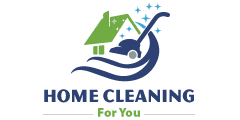
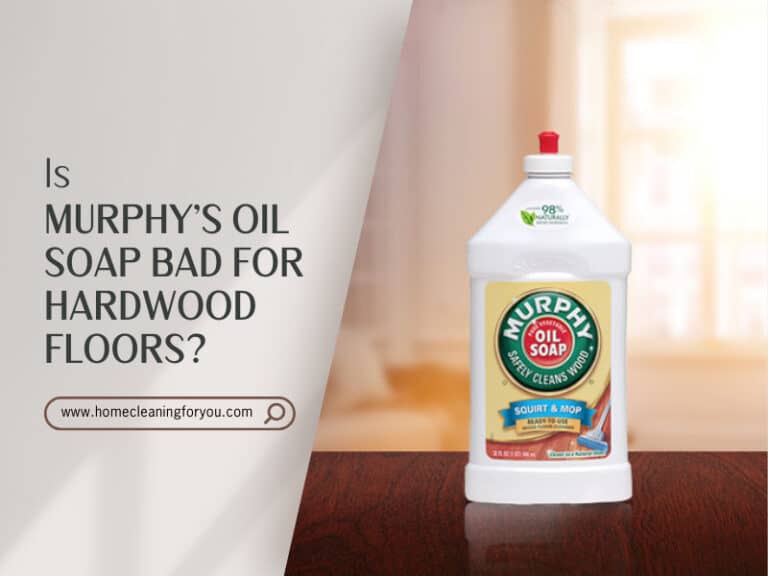
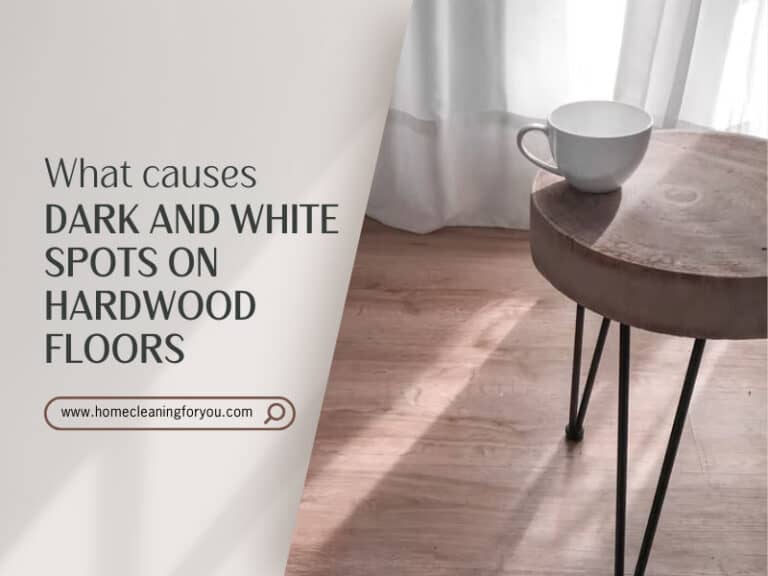
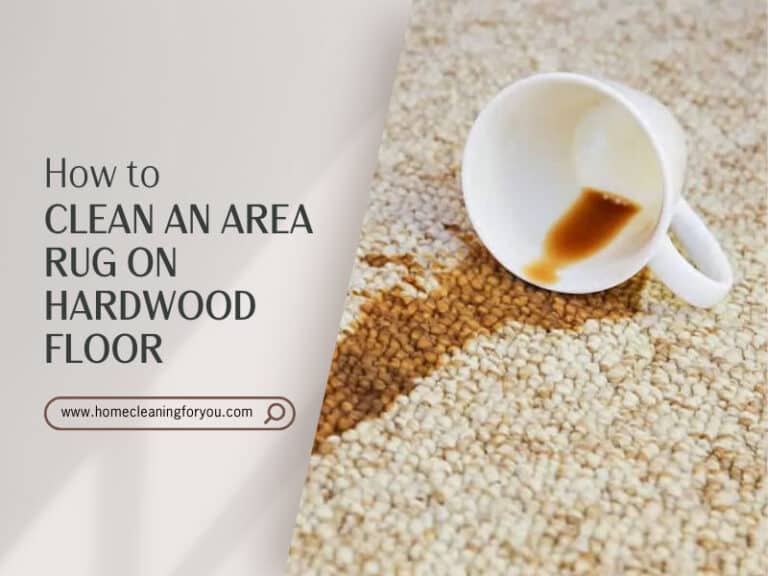
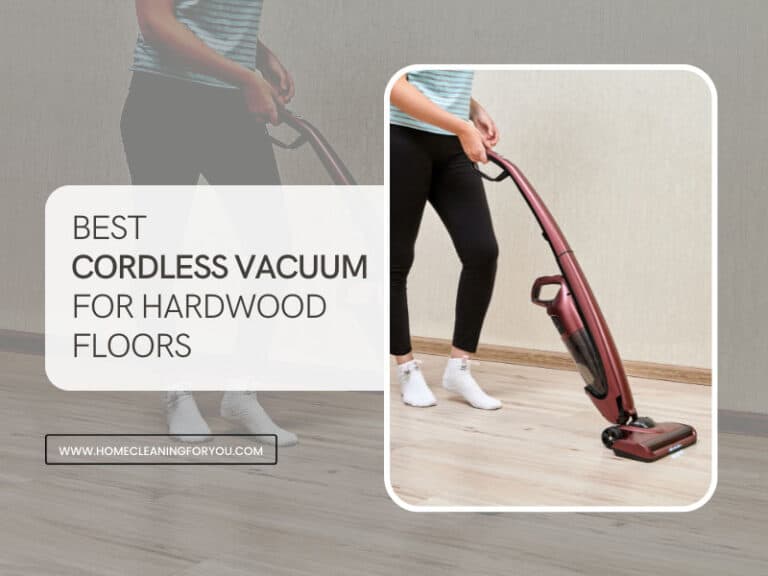
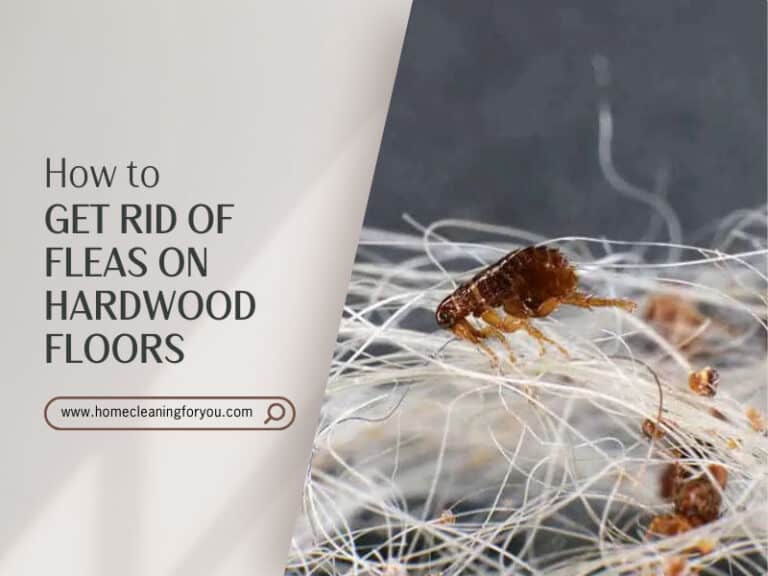
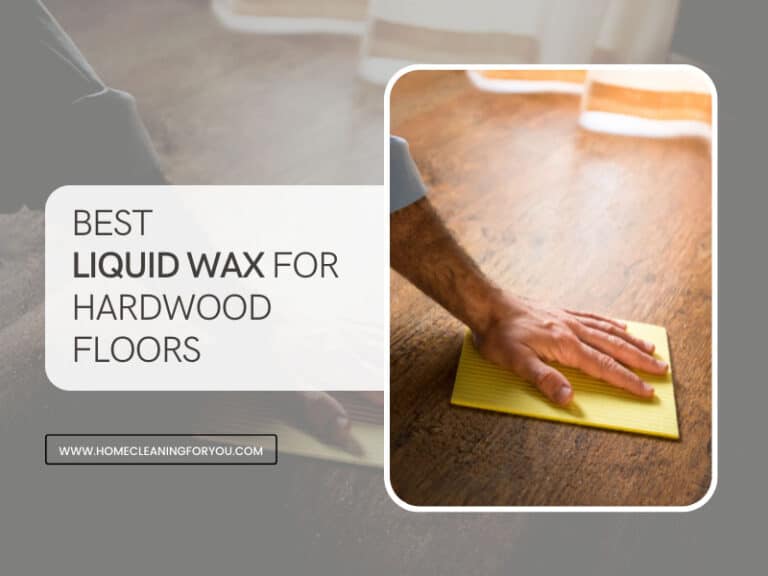
Kevin Jones
Home Cleaning Specialist
Expertise: In-depth Knowledge of Cleaning Agents and Their Uses, Advanced Home Sanitization, Techniques Expertise in Cleaning and Maintaining, Various Floor Types, Innovations in Home Cleaning Tools
School: American College of Home Economics
Kevin Jones is a seasoned home cleaning specialist with over a decade of experience in the industry. A stickler for cleanliness and organization, Kevin brings a systematic and innovative approach to home maintenance. His expertise ranges from traditional methods to modern cleaning technology, ensuring homes are not just clean but healthy environments too.